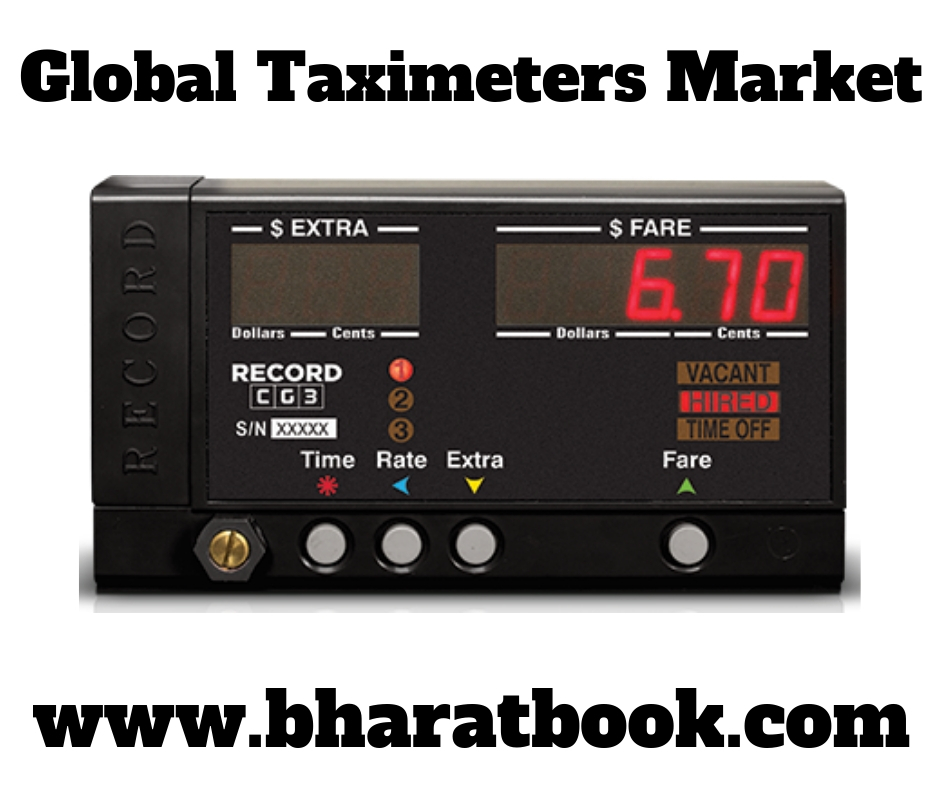The world of power tools might appear fascinating and daunting to aspiring do-it-yourselfers. Power tool use offers limitless opportunities for building, repairing, and producing, but it’s crucial to do it safely and with understanding. We’ll demystify these incredible gadgets in our beginner’s introduction to power tools, highlighting their major characteristics and offering tips on how to use them successfully in your DIY projects.
Power Tool Fundamentals
Power tools are machines that use electricity or batteries to complete a variety of tasks quickly and effectively. Power tools, which are motor-driven in contrast to manual tools, facilitate speedier and less physically taxing work. They are available in numerous varieties and sizes, each suited to a particular need. Power tools like drills, saws, sanders, and grinders are frequently used.
Prioritize safety
Prioritize safety before stepping foot in the realm of power tools. Depending on the instrument and the job, always wear the proper personal protective equipment (PPE), such as safety glasses, hearing protection, and dust masks. Read the tool’s user manual thoroughly, and strictly abide by all safety instructions. To reduce risks, keep your workspace well-lit, tidy, and organized.
Important Power Tools for Novices
It’s advisable for a beginner to start with a few basic power tools that can handle a variety of DIY projects:
- Cordless Drill/Driver: A cordless drill/driver is an essential piece of equipment for DIY projects. It is easily capable of driving screws and boring holes. Look for one with a clutch for fine control and changeable speed settings.
- Circular Saw: A circular saw is a useful instrument to have and is ideal for cutting wood and other materials. Before using, make sure you know how to cut precisely and straight.
- Random Orbital Sander: A random orbital sander is necessary to give your projects a polished finish. It quickly removes material and leaves a smooth surface.
- Jigsaw: A jigsaw is a great tool to have in your toolbox because it works well for cutting curves and complex forms. It is adaptable and simple to use.
Knowledge of Power Sources
The two primary types of power sources for power tools are corded and cordless (battery-powered).
- Corded Tools: These tools need access to an electrical outlet, but they are dependable because they don’t rely on battery life. Make sure you have the extension cords you’ll need for mobility.
- Cordless tools: These tools allow for mobility but run on rechargeable batteries. To avoid downtime during your work, get extra batteries.
Correct Tool Upkeep
Power tool maintenance maintains their performance and lifetime. Keep your tools clean and check them frequently for wear or damage. Store them in a dry, cool area, and make sure to keep them well-oiled. To preserve their effectiveness and safety, sharpen blades and replace worn-out components as necessary.
Practicing and developing skills
Every skill improves with practice. To gain confidence, begin with straightforward jobs and work your way up to more challenging ones. To improve your abilities, watch tutorials, read DIY manuals, and ask for guidance from seasoned DIYers.
Power tools to empower DIY projects
Power tools are the key to realizing your DIY aspirations. You can start a fulfilling journey of creativity and craftsmanship with the correct information, safety precautions, and a carefully chosen selection of tools. As you take on jobs that are getting more difficult, keep in mind to start with the fundamentals, put safety first, and keep developing your skills. With practice, you’ll realize the amazing potential these power tools contain for turning your DIY ambitions into real accomplishments. Happy constructing and making!



